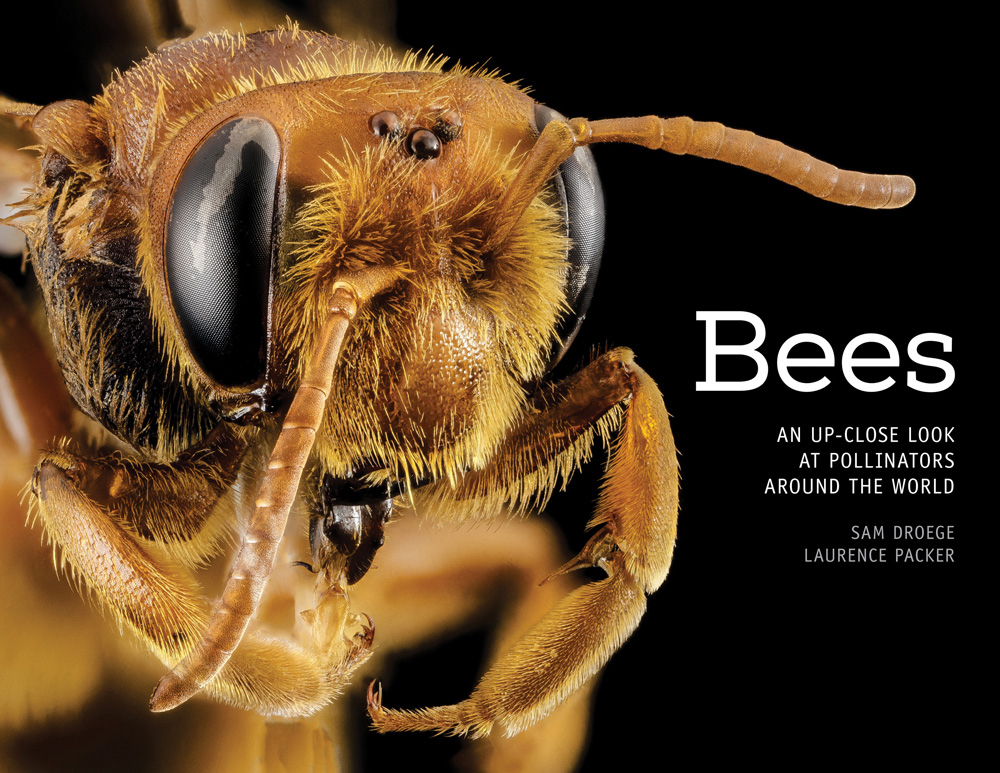
A new book co-authored by York University biology Professor Laurence Packer takes close look at more than 100 bees from around the world. The book includes stunning photography by wildlife biologist and photographer Sam Droege.
While we eat, work, and sleep, bees are busy around the world. More than 20,000 species are in constant motion They pollinate plants of all types and keep our natural world intact. In Bees: An Up-Close Look at Pollinators Around the World, Packer and Droege explore how bees make their living, the characteristic adornments, body modifications and habits of specific bees and they even talk about the “hairstyles” worn by different bees. The book examines all seven bee families and some of the most spectacular members of each family and those species that are rare such as the oddly named Dinagapostemon sicheli. Droege’s photographs display the tiniest detail of colour and pattern.
Packer teaches courses in entomology and biodiversity, and runs a large research group comprised of numerous melittologists at various stages of their careers. He has authored or co-authored more than 140 research articles on various aspects of bee biology and together with his research team he has described more than 100 bee species. He is the author of Keeping the Bees (HarperCollins).
Droege is a wildlife biologist at the Patuxent Wildlife Research Center, part of the United States Geological Survey. He is widely published in journals and has been the editor of numerous government publications on birds and insects. His work cataloging and photographing bees, has been featured by National Public Radio, The Weather Channel and the National Wildlife Federation, as well as in numerous publications, including Wired, The Wall Street Journal and Popular Science.


